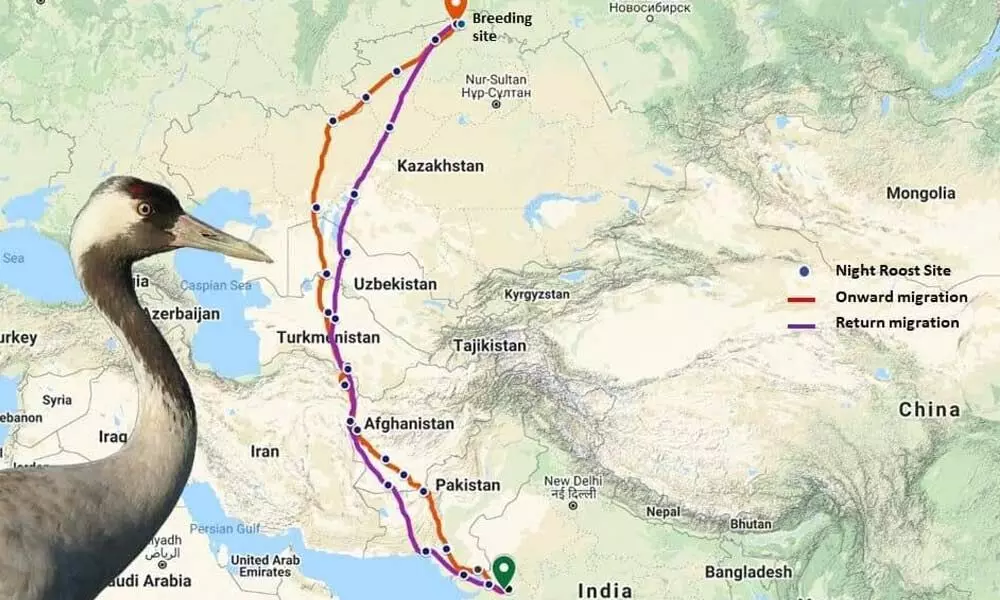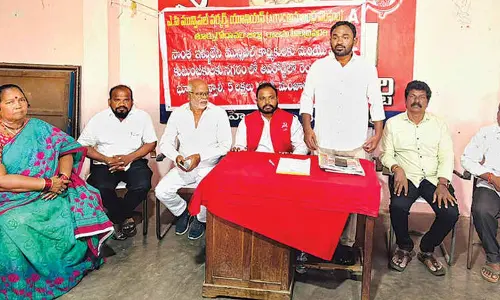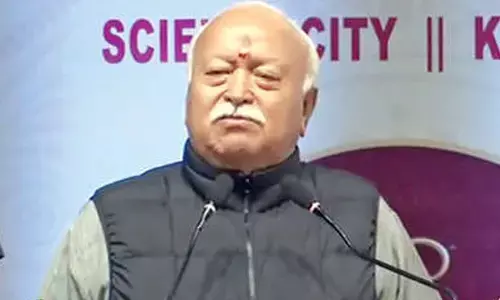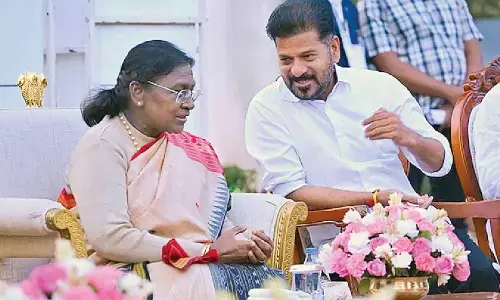WII tracks return migration of Common Crane from Kazakhstan

WII tracks return migration of Common Crane from Kazakhstan Photo: R Suresh Kumar
Wildlife Institute of India (WII), Dehradun,, has successfully tracked the return migration of a Common Crane to Gujarat from Northern Kazakhstan
Wildlife Institute of India (WII), Dehradun,, has successfully tracked the return migration of a Common Crane to Gujarat from Northern Kazakhstan.
The Common Crane tracking study is being undertaken by the WII with the support of Gujarat State Forest department and is funded by the Powergrid Corporation of India Limited.
The Crane was first captured and tagged at a wetland close to the famous Nal Sarovar Bird Sanctuary at Ramsar site in Gujarat in March 2020. After spending a month around the place of capture the Crane departed on its northward migration travelling through Pakistan, Afghanistan, Iran, Turkmenistan, Uzbekistan and finally Kazakhstan.
The crane then spent five months close to the northern Kazakhstan – Russia border which was likely its breeding site. On 29th September it started out on its return migration and arrived at exactly the same site of capture in Gujarat on October 10, which was also the occasion of the World Migratory Bird Day.
The study used solar-powered GPS tags that logged the location of the crane every 10 minutes and transmitted the same through GSM network every day through the tracking period.
The tracking study (using GPS-GSM tag) documented in detail the migratory journeys of a Common Crane from its wintering ground in Gujarat to its breeding ground in Northern Kazakhstan and back.
"The Common Crane locally known in Gujarat as "Kunj", is a winter visitor to the arid plains of Western India primarily to the states of Gujarat and Rajasthan. Populations of these cranes numbering in thousands arrive in October – November to parts of western India from the breeding areas in the northern latitudes as winter season starts to set in there. The wintering cranes forage during the day in the flat lands looking for grass seeds and tubers and also forage in harvested agricultural fields for leftover grains. At night they congregate in thousands to roost at select wetlands there including the Nal Sarovar Bird Sanctuary and adjoining areas. With the onset of summer, the cranes once again depart on their northward migration in March - April," said Dr. Suresh Kumar, scientist and investigator of the project from Wildlife Institute of India.
"After several months of effort, the Nal Sarovar Sanctuary staff Ghani Bhai and Karsan Bhai helped capture a Common Crane on the night of March 12. Thankfully this happened just before the lockdown restrictions due to the COVID pandemic came into place. Given that Common Cranes are large-bodied birds, weighing on average 5 kilograms and with long legs a leg-mount solar-powered GPS GSM tag weighing 40 grams was attached to it to collect location data to understand its fine-scale movements and map its migratory routes," Kumar said.
The only other effort to track the migration of Common Cranes from India was more than two decades ago from Rajasthan and Gujarat and the cranes reached their breeding grounds in Russia and Kazakhstan.
"The solar-powered GPS-GSM tag that we have used is a smart technology and have provided detailed information on the crane migration. The tags logged the location of the crane at programmed intervals as in this case every 10 minutes when it would connect with GPS satellites, store the location and transmit the data through the mobile network again at programmed intervals as in our case at every 12 hours. There are situations when there is no GSM network but then the data is stored in the tag and transmitted when the crane came into an area where there was network. The tags have the capacity to store 300,000 locations and that is a lot of location data," Kumar explained.
"The tagged crane is thought to be a female based on its weight of 4.72 kg was given the name "Vadla" after the name of the village there. People of Gujarat are well known for their compassion towards other living beings and here again the people of Vadla village actively protect cranes and other birds that occur in their area. Naming the crane after the village was a way to appreciate their efforts," S. J. Pandit, Conservator of Forests, Gujarat Forest Department stated.
Vadla after spending a month in Gujarat departed on its northward migration on 10th April and arrived in Northern Kazakhstan covering a distance of 4800 km in 15 days. Thereafter, Vadla spent five months in the area and is likely to be its breeding site. On September 29, it started on its return migration flying through the same route via Uzbekistan, Turkmenistan, northern Iran, Afghanistan, Pakistan and finally arrived in Gujarat on 10th October, which is on the World Migratory Bird Day, a symbolic arrival. Interestingly, Vadla also returned to exactly the same wetland where it was captured and tagged.
The Common crane tracking study is part of a larger project on Assessing impact of power lines on large avian species in the arid plains of western Gujarat, which is funded by the Powergrid Corporation of India Limited (PGCIL). "The study focuses on understanding the risks that the large birds face due to the energy infrastructures (especially power lines and windmills) in this arid landscape of Kachchh" said Dr. Anju Baroth, Scientist and co-investigator of the project from the Wildlife Institute of India.
"This study is yet another example of our endeavor towards environmental stewardship that emphasizes the need of forging a strong and long lasting association between Academia and Industries for finding practical and efficient solutions for addressing the pressing needs of the society." said Mahendra Kumar Singh, executive director (Environment & Social Management & CSR), Powergrid Corporation.



















